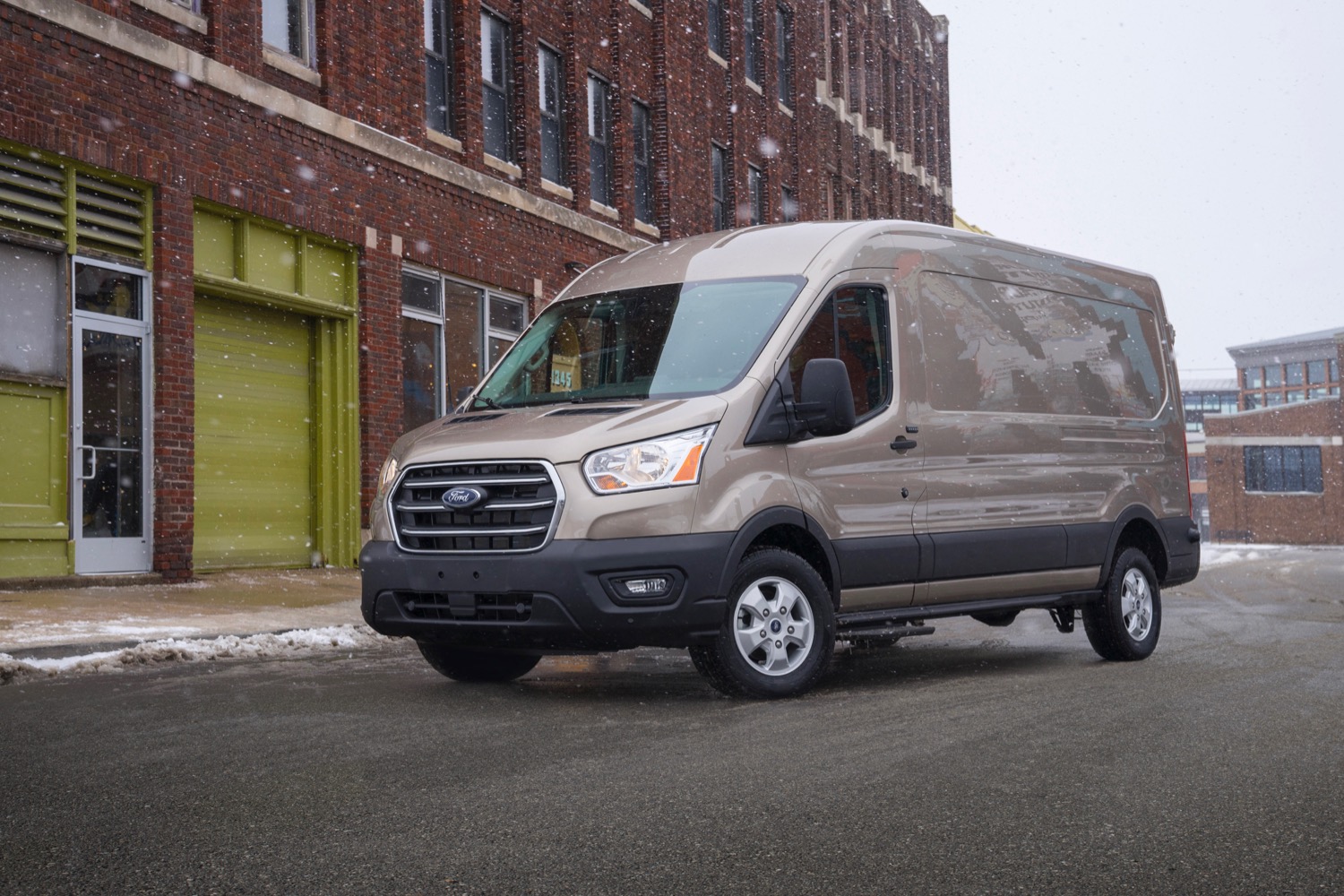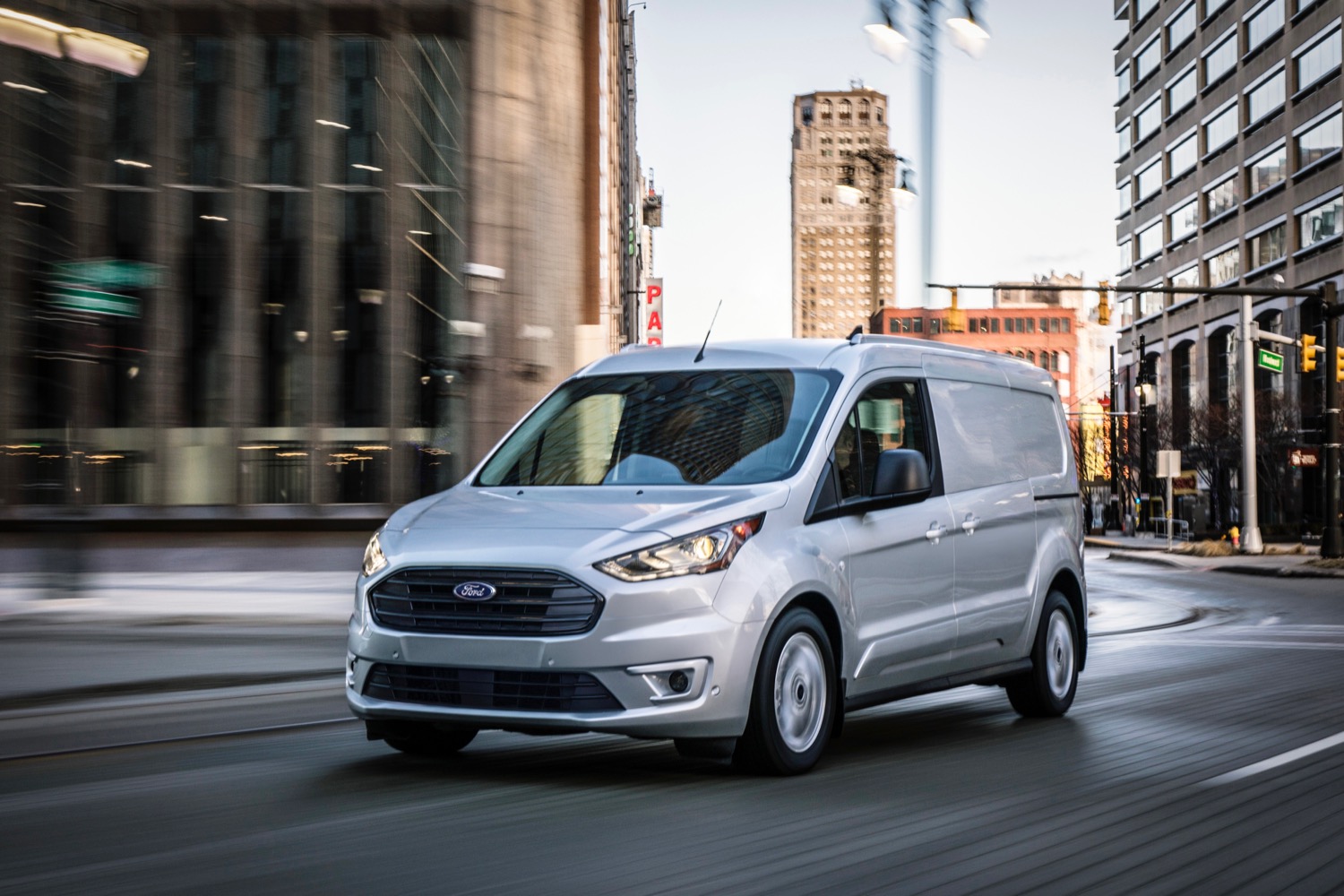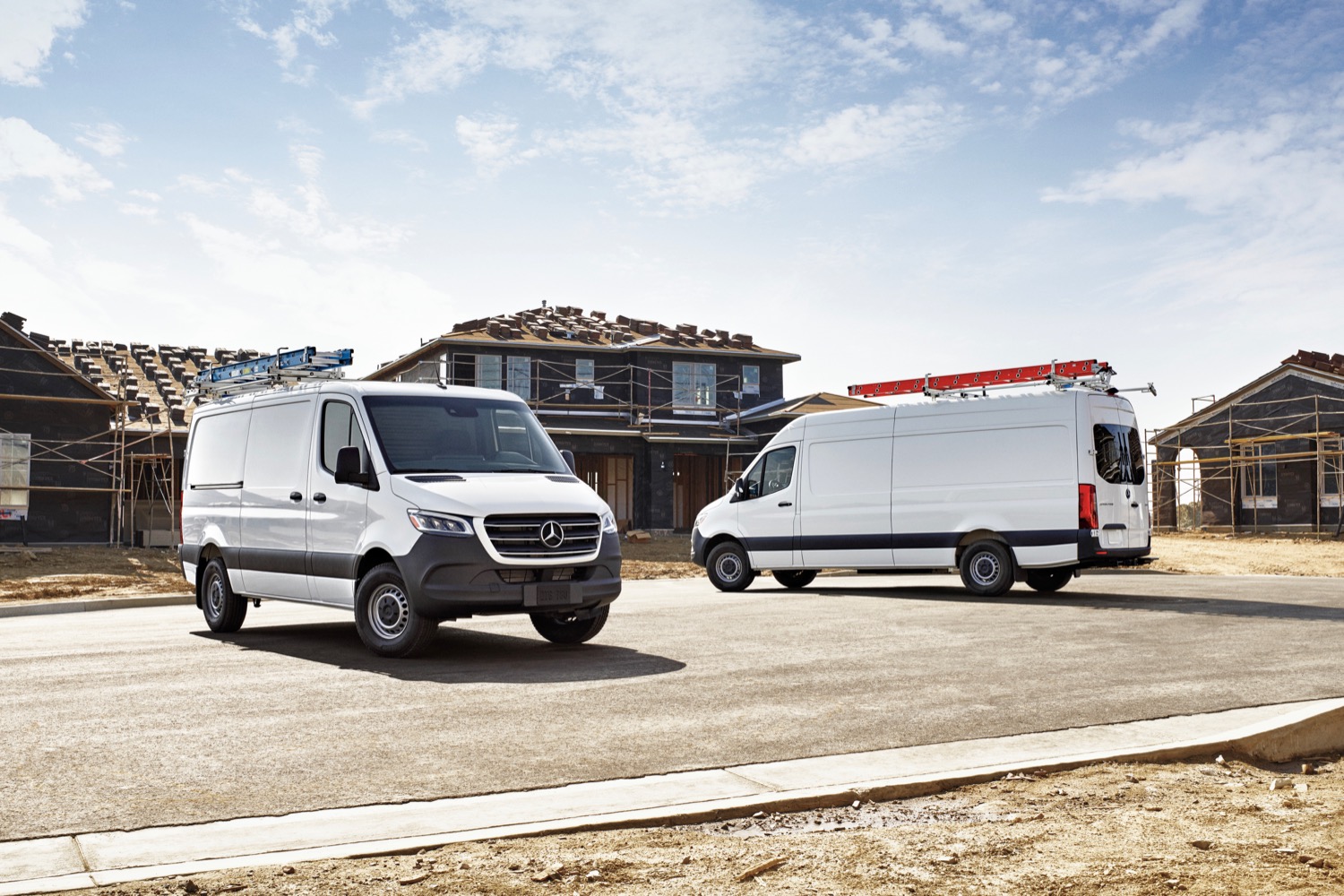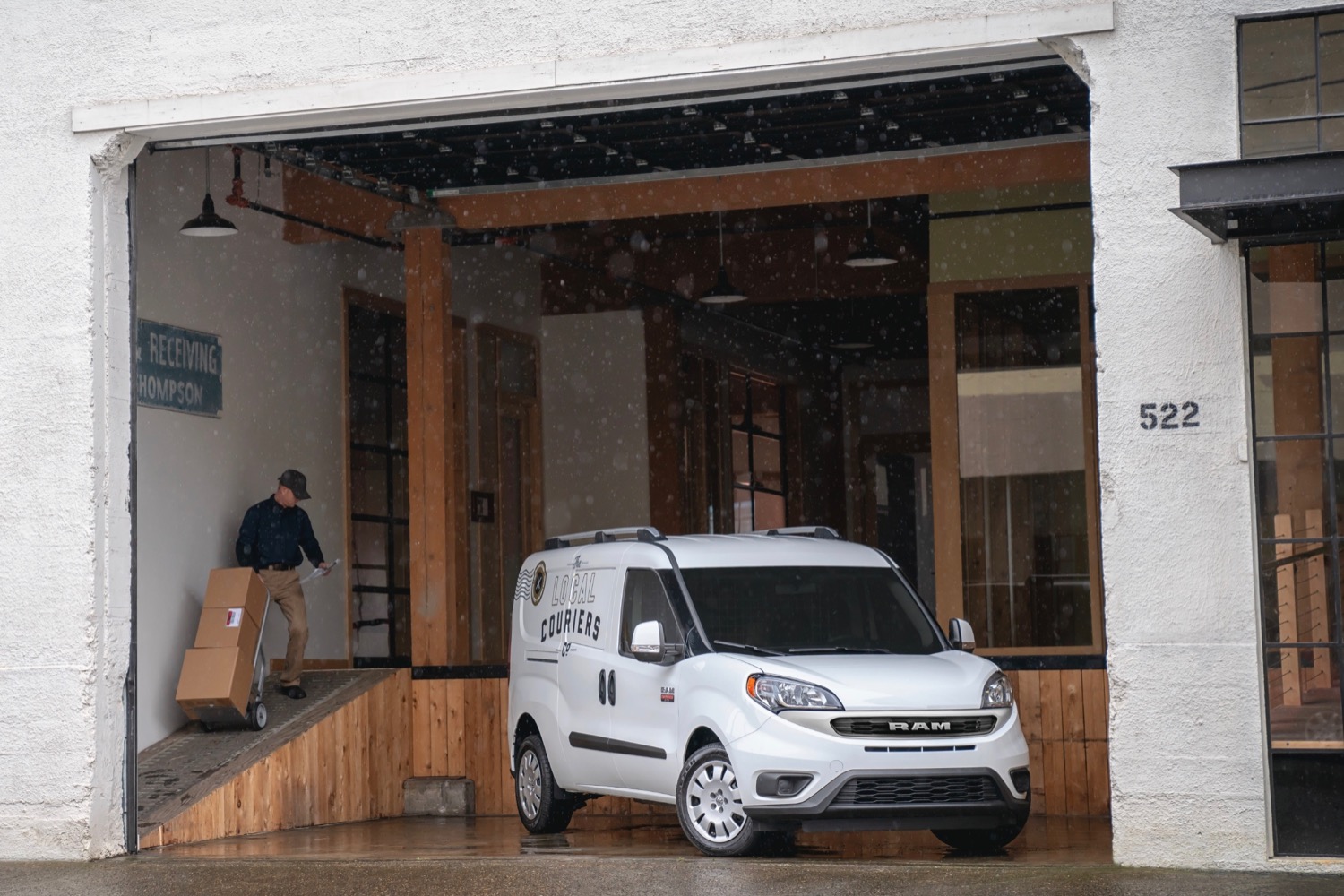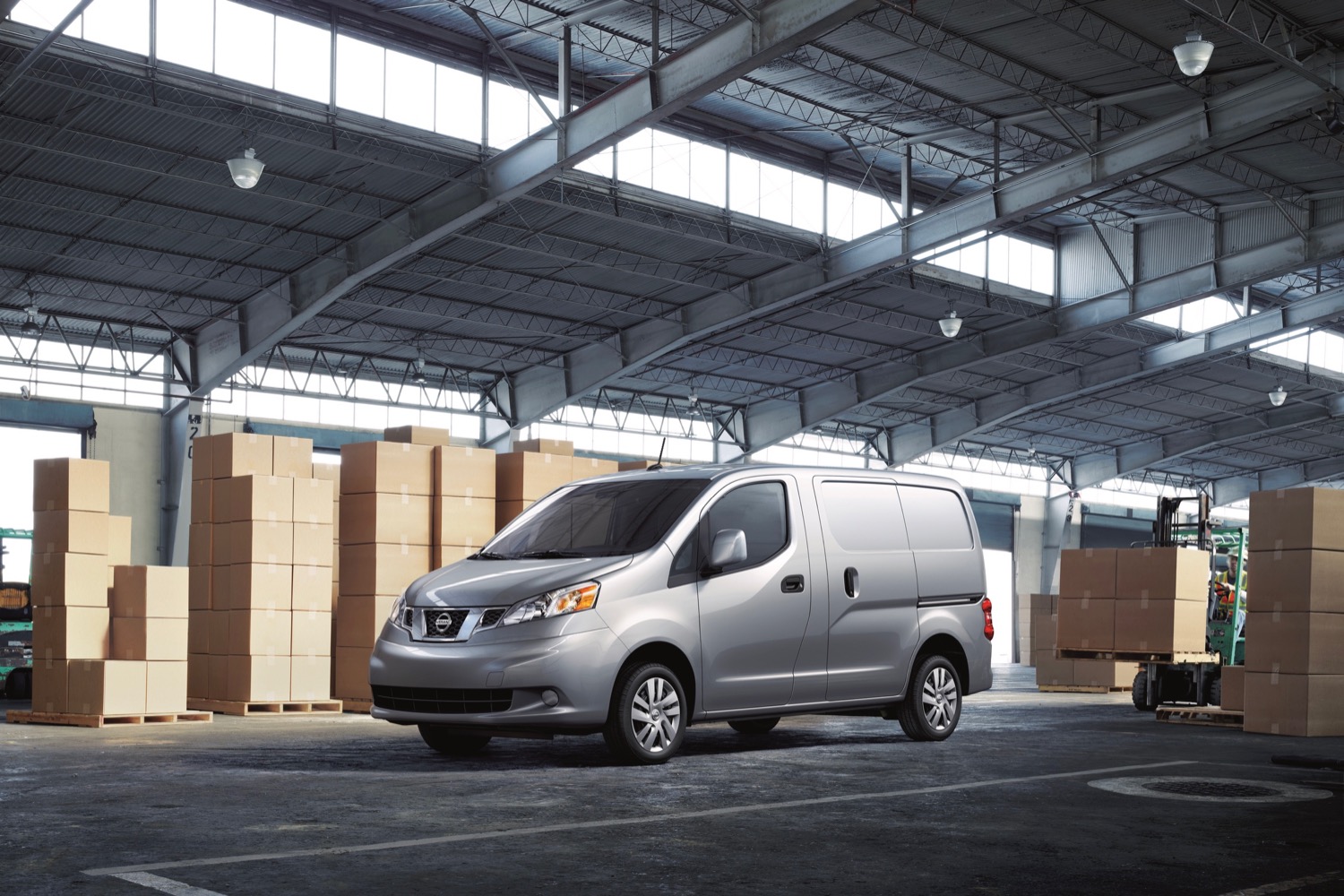Driving a van used to be a miserable experience. Older models tended to be loud, rudimentary, slow, and thirsty. The segment evolved considerably during the 2010s and new 2020 vans are easier to live with than they’ve ever been.
They’re far more car-like than their predecessors, which makes them more driver-friendly, and they’re available with a growing list of clever tech features that turn them into a motorist’s best friend. And, don’t get the wrong idea: Vans haven’t lost an ounce of practicality as they shifted towards comfort, convenience, and connectivity. Whether you need a van for business or leisure, here are the best models you can buy new in 2020.
Ford Transit
The Ford Transit has been the go-to van for businesses around the world for decades, but it’s only been available in the United States since the 2015 model year. It stands out from Ford’s decades-old E-Series with a more space-efficient design, a wide catalog of body styles, and downsized engines that deliver better fuel economy.
The Transit got a significant update for the 2020 model year that adds more tech to an already solid foundation. Its standard Wi-Fi hotspot supports up to 10 devices, and it keeps them connected in a 50-foot radius of the van. Ford also added technology from its passenger cars, including the Sync 3 infotainment system with Apple CarPlay and Android Auto compatibility, plus electronic driving aids like autonomous emergency braking, adaptive cruise control, lane-keeping assist, and post-collision braking.
Power comes from a 3.5-liter V6 engine tuned to develop 275 horsepower and 262 pound-feet of torque. Buyers who need more can select a twin-turbocharged, 3.5-liter V6 with 310 horsepower and 400 pound-feet of torque on tap. Rear-wheel drive and a 10-speed automatic transmission come standard, and all-wheel drive is offered at an extra cost. The range includes Regular, Long, and Long-EL models and low, medium, or high roof options.
Ford Transit Connect
Ford was the first automaker to bring a modern small van to the American market, and the Transit Connect remains the best option in its segment. It lets users haul a surprising amount of cargo without driving around in a jumbo-sized model like the Transit.
With its relatively low seating position and its compact powertrains, the Transit Connect drives more like a car than a traditional van. Power comes from a 2.0-liter four-cylinder engine rated at 162 horsepower and 144 pound-feet of torque, though Ford also offers a more basic 2.5-liter for fleet customers. For 2020, the Transit Connect also gets several new driving aids, including adaptive cruise control, lane-keeping assist, and autonomous emergency braking.
The Transit Connect has plenty of connectivity tech, too. Like the larger Transit, it’s available with a Wi-Fi hot spot that can support up to 10 devices, as well as Ford’s Sync 3 infotainment system with Apple CarPlay and Android Auto, and a wireless phone charger. Ford offers short- and long-wheelbase models; the latter version offers 145 cubic feet of cargo space when the front passenger seat is folded flat.
Mercedes-Benz Sprinter
It may be surprising to learn that a manufacturer famous for its luxury cars also makes commercial vehicles, but Mercedes-Benz’s Sprinter is the preferred choice of large companies like FedEx and Amazon. And, while it’s a relatively new addition to the company’s American range, its predecessors were sold here by Dodge and Freightliner.
The recently redesigned Sprinter borrows some tech from Mercedes passenger cars. It was actually one of the first vehicles to get the MBUX (Mercedes-Benz User Experience) infotainment system, which includes natural-language voice recognition and a voice assistant that responds to the prompt “Hey Mercedes.” Apple CarPlay and
If you’ve got more than one van, Mercedes also offers a data-management platform to help you keep track of them. A built-in modem allows owners to track everything from a van’s current location to its maintenance records. That makes it easier to schedule when vans will be used, and when they will be taken out of service for maintenance work. It’s also presumably a way for nosy bosses to keep tabs on van drivers.
The Sprinter is available in a seemingly endless array of configurations, and the largest version offers more cargo space than competitors from Ford, Nissan, and Ram. The default engine in the U.S. is a puny 2.0-liter, four-cylinder gasoline unit, but a more powerful 3.0-liter turbodiesel V6 is also available.
Ram ProMaster City
Chrysler’s merger with Fiat has been good for van buyers in the United States. The tie-up gave
Like the Ford Transit Connect, the ProMaster City is much smaller than the average American van, and it has a lower seating position for a more car-like feel. But the
Although the ProMaster City is a bit light on tech, it offers FCA’s Uconnect infotainment system, which is one of the most intuitive in the business. It’s offered in a single, long-wheelbase configuration.
Nissan NV200
Like the
The NV200 is available in a single configuration, and the only engine offered is a 2.0-liter four-cylinder that sends 131 horsepower to the front wheels via a continuously variable transmission (CVT).
Unfortunately, there’s not much cargo space in the Nissan passenger van, so if that’s what you’re looking for, you’d be better off with a different make of van. The van has a lot to offer the right buyer, though, and it comes with a ton of versatile features that aren’t offered by the competition.
If you need more interior space for storage or delivery, you can fold down the passenger seat to make more room. There’s also the added fuel economy and maneuverability that NV200 offers. These features make an incredible difference for city driving and made this passenger van a popular choice for taxi fleets in the early 2010s.
New NV200 units are no longer available since Nissan discontinued them, so you’ll have to settle for a well-maintained used model if you want to grab one of these vans. If you’re able to afford a new van but want to stick with this type of van, the Nissan Rogue is pretty similar overall, so you’ll be happy with this model.
Editors' Recommendations
- The best mileage apps for small businesses in 2022
- 2022 Ford E-Transit electric van will make delivery services greener
- The best cars for small businesses in 2019

